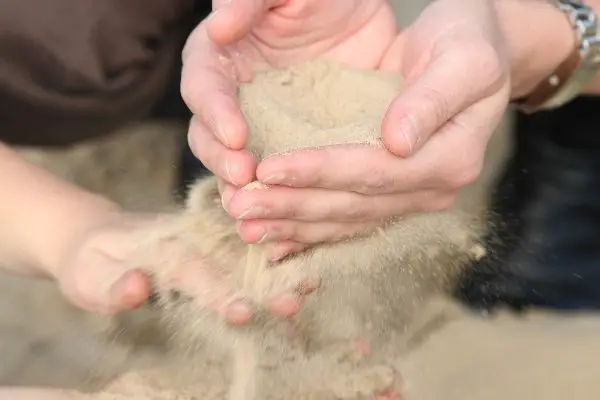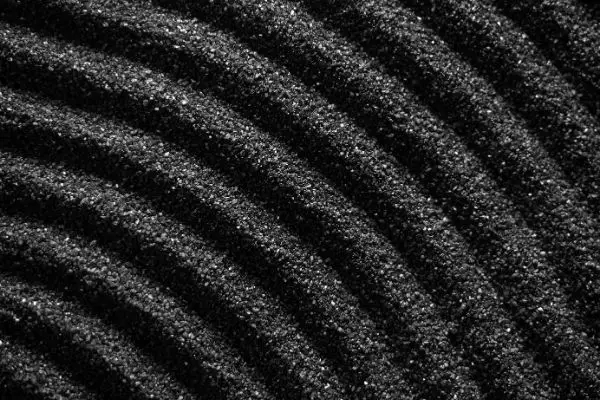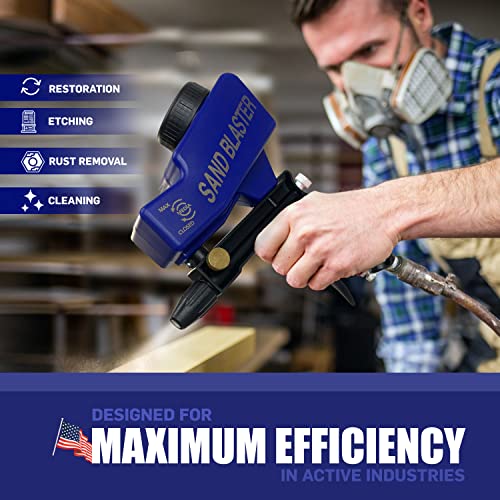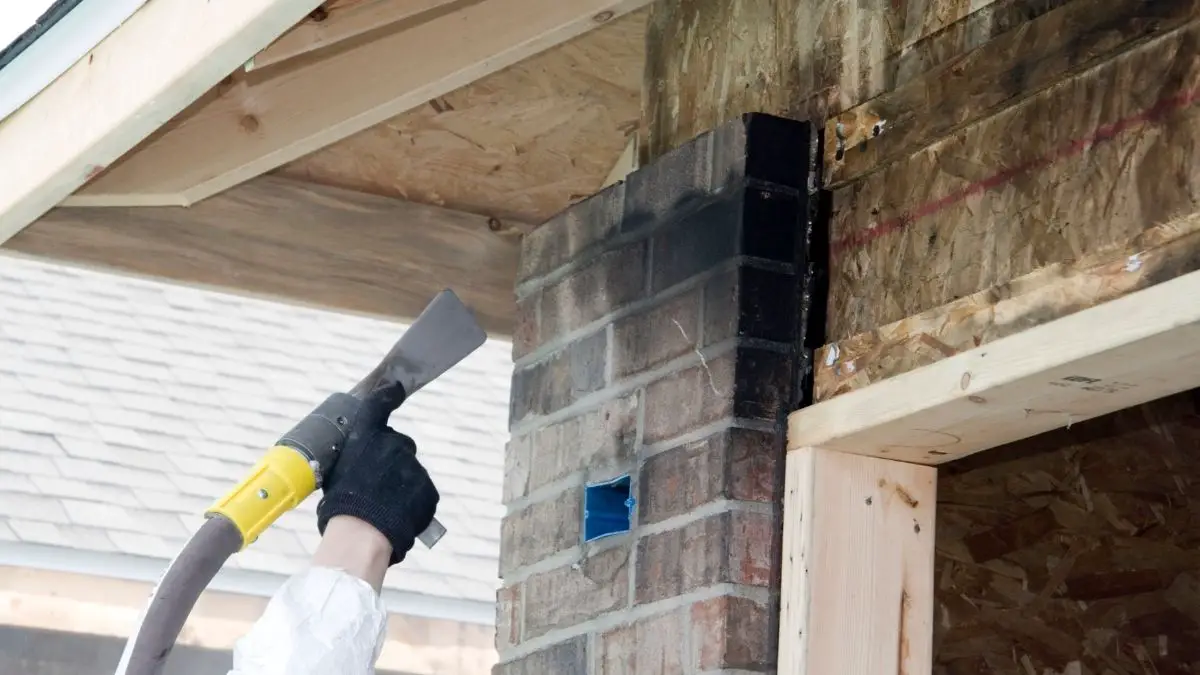Can You Use Play Sand For Sandblasting?
If you need to do some sandblasting and you’ve seen the price of play sand. I have certainly been tempted myself! It can seem like an attractive alternative to the more expensive blasting sand options, but I found out there is bad news too. We’re going to explore how play sand shakes up as an abrasive for sandblasting and what other options are out there.
Long story short, play sand works for sandblasting, but most commercially available play sand can be terrible for your health to use for blasting, even if you wear a respirator.
The Problem With Play Sand For Sandblasting

Play sand and pretty much any sand you can pick up from home improvement stores or big box stores are primarily composed of quartz sand grains. While most people call them Quartz sand grains, geologists know them as crystalline silica. The CDC and OSHA have documented that sandblasting with materials that contain high levels of crystalline silica can cause permanent damage to your lungs.
You might wonder why it’s safe for kids to play in it, but it’s not safe to use playground sand for sandblasting. It’s a good question, and there is an answer. The issue with crystallized silica arises when you crush or pulverize the grains. This does not happen when kids are playing. It does when you blast them at a hard surface, though.
When the particles are pulverized, they form a cloud of very fine dust that permeates a large area. The dust is so fine you will likely not notice that you’re breathing it in. It will also pass through most ventilator masks. Even if you are outdoors, you will still end up breathing in large amounts of this fine dust.
If this dust gets into your lungs, it can essentially shred them. This can lead to serious health problems down the line. This is why OSHA has limited the amount of silica in the air for professional sandblasters.
When sandblasting at home, a good rule of thumb is to use a material that has no more than 1% silica.
Alternatives To Sandblasting With Play Sand

So, if play sand is out, what other options are there?
It turns out there are a lot of choices that are safe to use.
1. Silica Free Play Sand
This first one, you might already have on hand. If your kids use silica free play sand, then you can safely use this for sandblasting. This comes in slightly cheaper than blasting sand, but you will need to do some work to prepare it for use. The big problem with play sand is that it can be quite damp. So you’ll need to dry it out before use. You’ll also need to give it a good sifting to get rid of any debris and make sure the particles are nice and fine.
If you don’t dry the sand before you use it, you may find that it gets clogged up in the tubing. So it really is worth taking the time to dry it before use.
2. Soda
If you need to remove rust from metal, then baking soda (bicarbonate of soda) is actually a great and cheap option. It can remove the rust without marking the metal underneath. This means that it’s also a good choice for using with any delicate material that you don’t want to mark.
3. Reusable Glass Beads
If you will be sandblasting on more than the odd occasion or have a large project, it can be a good idea to invest in a cabinet. With a cabinet, you can collect your abrasive and reuse it. Glass beads are an excellent option for this. The manufacturers designed them to be unaffected by the impact, so they can be used over and over. Which will save you money in the long run.
4. Organic Abrasives
If you have some more delicate items that you need to clean off, you might want to look at organic abrasives. Companies often make them from either corn cobs or walnut shells. So they are an environmentally gentle option as well since they are otherwise waste products. They are not quite as effective as some other options at removing paint. But, for many projects, they are a good and low-priced option.
5. Metallic Abrasives
If you need a strong abrasive, then metal may be your best choice. However, these abrasives are only effective in airless conditions and high pressure, so you will need a cabinet if you’re going this route. They are also a more expensive option, but they can be reused.
Frequently Asked Questions
What is the best sand to use for sandblasting?
There are many different abrasives you can use for sandblasting. If you are set on using sand, then your best option is blasting sand. Blasting sand contains less than 1% silica, so it is much safer than play sand.

Is silica the same as sand?
When people say silica, they usually mean free crystalline silica – there are other forms of silica. People more commonly know Crystalline silica as quartz sand grains. Any geologist can tell you that most of the sand in the world is made up of quartz sand grains. So most natural sand is the same as crystalline silica. But, not everything that is called sand is made of the same stuff.
Best/Cheapest alternative to sand for blasting?
It depends on your setup, but if you have a cabinet, it can be worth investing in something like glass beads. You can reuse them so you’ll get your money’s worth. Another good option is coal slag AKA Black Diamond. To use this, you will need a good quality, full respirator, or use it in a cabinet.

Last update on 2024-04-13 / Affiliate links / Images from Amazon Product Advertising API





